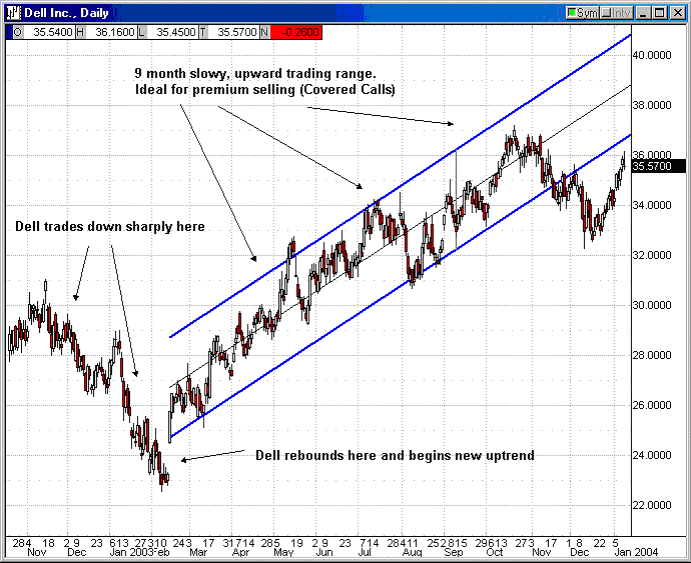What is Option Trading?
Option trading is a versatile and compelling financial strategy that allows investors to speculate on the future price movements of an underlying asset, such as stocks, bonds, or commodities, without owning the asset itself. An option contract grants the buyer the right, but not the obligation, to buy or sell the underlying asset at a predetermined price on or before a specific date.

Image: westlalawyermarketing.blogspot.com
How Do Options Work?
Options contracts are standardized contracts traded on exchanges. Each contract represents the right to buy (call option) or sell (put option) 100 shares of the underlying security. The buyer of an option pays a premium to the seller of the option, who in turn assumes the obligation to fulfill the contract if the buyer exercises their right.
Call vs. Put Options
Call options give the buyer the right to buy the underlying asset at the strike price. If the price of the underlying asset rises above the strike price, the call option gains value. Put options, on the other hand, give the buyer the right to sell the underlying asset at the strike price. If the price of the underlying asset falls below the strike price, the put option gains value.
Understanding the Options Chain
An options chain displays all the available options contracts for a particular underlying asset on a given day. It includes both call and put options with various strike prices and expiration dates. Each contract has a unique price, which is determined by factors such as the current price of the underlying asset, its volatility, and the time remaining until the expiration date.

Image: s3.amazonaws.com
Tips for Option Trading
- Research and Due Diligence: Understand the underlying asset, market conditions, and risks involved before trading options.
- Start Small: Begin with small trades to gain experience and mitigate potential losses.
- Set Realistic Goals: Don’t expect to make huge profits overnight. Option trading requires patience and a well-thought-out strategy.
- Manage Risk: Use stop-loss orders and other risk-management techniques to protect your capital.
- Stay Informed: Monitor market news and geopolitical events that may impact your options positions.
FAQs on Option Trading
Q: What is the difference between a long option and a short option?
A: In a long option, the trader buys the option contract, giving them the right to buy or sell the underlying asset. In a short option, the trader sells the option contract, obligating them to buy or sell if the buyer exercises their right.
Q: What are the pros and cons of option trading?
A: Pros include limited risk compared to owning the underlying asset, the potential for substantial收益, and flexibility in investment strategies. Cons include the potential for losses, the time decay of options, and the complex nature of trading derivatives.
What Is Option Trading Pdf

Image: brjavocats.com
Conclusion
Option trading offers an exciting opportunity for investors to speculate on future price movements and enhance their returns. However, understanding the complexities of option trading is crucial. By conducting thorough research, managing risk effectively, and learning from seasoned traders, you can increase your chances of success in this dynamic financial market. If you are interested in delving deeper into the world of options trading, consider consulting with a financial professional for personalized guidance.






